Swamp Leatherflower (Clematis crispa), also known as Blue Jasmine, Curly Clematis, or Marsh Clematis, is a perennial climbing vine belonging to the Ranunculaceae family. Native to the central and southeastern regions of the U.S., this vigorous grower can reach lengths of 1.8 to 3 meters, making it an excellent choice for adding vertical interest in the garden.
Its distinctive, bell-shaped flowers appear in shades of purple, pink, blue, and white, releasing a pleasant fragrance. Blooming from spring through fall, this vine provides a long-lasting floral display. Swamp Leatherflower thrives in consistently moist conditions, making it particularly well-suited for gardens near water features or in areas with naturally damp soil.
Perfect as a ground cover or for training over trellises and fences, this species combines beauty with versatility, making it a favorite for gardeners seeking a reliable, eye-catching climber.
| Common name | Blue Jasmine, Curly Clematis, Marsh Clematis, Swamp Leather Flower |
| Botanical name | Clematis crispa |
| Family | Ranunculaceae |
| Species | crispa |
| Origin | Central & South Eastern U.S.A. |
| Life cycle | Perennial |
| Plant type | Ground Cover |
| Hardiness zone | 6, 7, 8, 9 |
| Sunlight | Full Sun |
| Maintenance | High |
| Soil condition | Clay |
| Soil ph | Acid |
| Drainage | Well-Drained |
| Growth rate | Fast |
| Spacing | 6 ft. – 12 ft. |
| Harvest time | Fall |
| Flowering period | Spring |
| Height | 6 ft. – 10 ft. |
| Flower color | Blue |
| Leaf color | Green |
| Fruit type | Capsule |
| Fruit benefit | Showy |
| Flower benefit | Fragrant |
| Garden style | Butterfly Garden |
| Uses | Patio |
I. Appearance and Characteristics
The swamp leather flower (Clematis crispa) is a type of clematis that goes by many names, including blue jasmine, curly clematis, curly flower, and southern leather flower. It is a climbing vine, usually growing between 6 and 10 feet (2-3 m.) in length. Native to the southeastern United States, it grows as a perennial in USDA zones 6 to 9. The plant dies down to the ground in the winter and comes back with new growth in the spring. In midspring, it produces unique flowers that bloom throughout the growing season until the autumn frost.
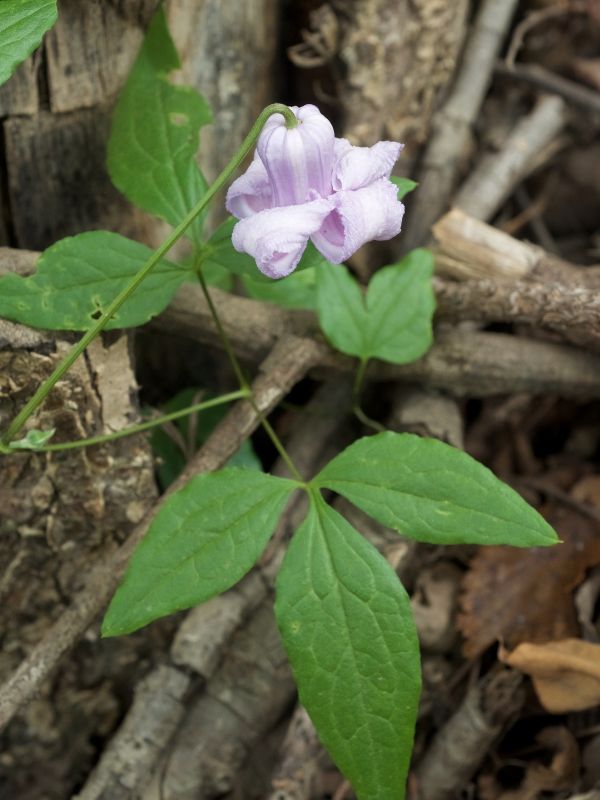
The flowers are actually petal-less and are instead made up of four large, fused sepals that split and curve back at the ends (a little like a half-peeled banana). These flowers come in shades of purple, pink, blue, and white, and they are slightly fragrant.
II. How to Grow and Care
Sunlight
Some varieties of swamp leatherflower prefer full sun, while others prefer partial shade. Although some varieties of swamp leatherflower will bloom better in a fully shaded area (for example Clematis ‘Nelly Moser’ and Clematis ‘Henryi’), they generally need at least 6 hours of sunlight per day.
Temperature
Swamp leatherflower has good cold resistance. Suitable growth temperatures are 21 to 25 ℃ during the daytime and 15 to 17 ℃ at night. It doesn’t thrive well in waterlogged soil or in drought conditions. Therefore, it is better if the soil is moist and well ventilated. Water regularly but avoid the accumulation of water.
Watering
Originating from wetland areas, swamp leatherflower thrives in environments with consistent moisture and is adapted to the high humidity of its native swampy habitat. This species exhibits a preference for regular hydration but can withstand brief periods without water. In cultivation, it benefits from watering every week to maintain its lush growth. For indoor cultivation, swamp leatherflower favors humid conditions that mimic its natural setting, making it an ideal candidate for terrariums or bathrooms where moisture levels are higher.
Soil
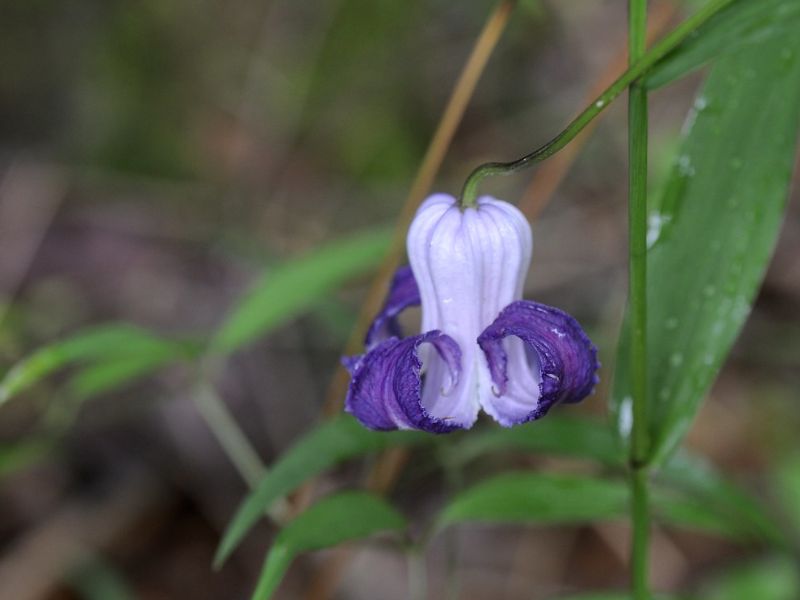
Swamp leatherflower likes fertile, well-drained, neutral soils with a pH in the range of 6 to 7.5. Swamp leatherflower is not resistant to accumulated water or drought and can lose water easily. Generally, peat soil, pearl soil, vermiculite, and pine bark can be mixed and used as a suitable soil for planting. The mixed soil should be loose, aerated, permeable, moist, and nutritious.
If grown in a pot, organic fertilizer or slow-release fertilizer can be used as a base fertilizer. If swamp leatherflower is planted in the garden, it is advised to use organic fertilizer and bone meal as a base fertilizer, with garden soil, humus soil, and coarse-grained medium used to increase the drainage and ventilation capacity of the soil.
Fertilizing
For optimal growth, swamp leatherflower thrives with a balanced fertilizer applied every 4-6 weeks during the growing season. The right nutrient mix encourages vibrant blooms and robust health. Use balanced fertilizers sparingly to prevent root burn, focusing on early spring to late summer applications. Adjustments to fertilization may be needed as swamp leatherflower enters dormancy in the cooler months. Always water thoroughly post-fertilization for best uptake. With careful application, swamp leatherflower will exhibit enhanced growth and resilience.
Planting Instructions
Go to the store and buy seeds for your favorite flower color and flowering period. It is generally recommended to plant the seeds in nursery pots in the spring or fall. Once the seedlings have grown, they can be transplanted into flower pots or the garden. If swamp leatherflower is grown in a pot, it is best to use a ceramic flower pot (this helps keep the plant cool in the summer and warm in the winter).
If swamp leatherflower is planted in the garden, choose the planting site carefully because it does not like to be transplanted multiple times., Select a well-drained planting area and cultivated soil. Determine the depth of the planting hole based on the size of the seedling’s root system.
Once the hole has been dug, it is recommended that some gravel be placed at the bottom of the pit to ensure good drainage. The drainage layer should be backfilled with mixed soil 5 cm thick. Disperse the plant’s roots into a radial pattern and place it in the hole. Hold the upper part of the plant in your hand to control the planting depth.
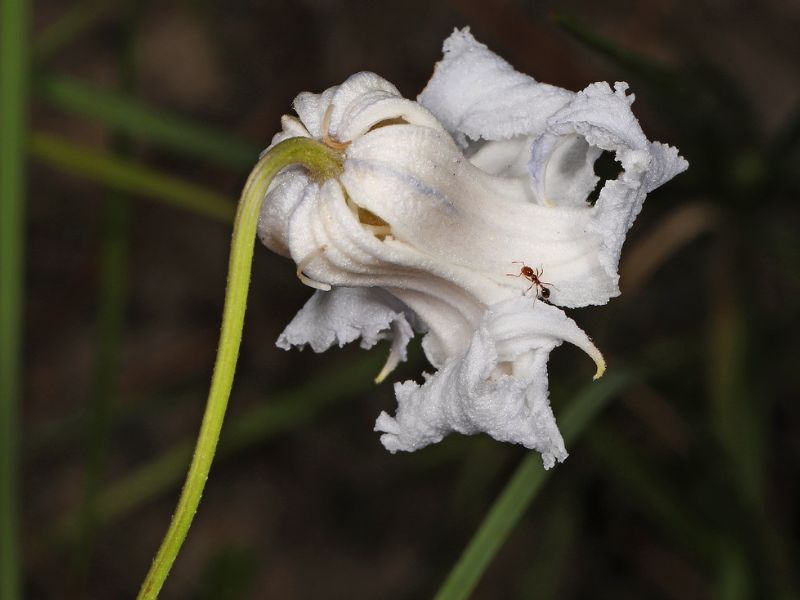
Add soil to a depth of 2/3 of the hole, then slowly lift the root into place to ensure it is fully in contact with the soil. The soil should then be compacted and the plant watered., Additionally, since swamp leatherflower is a climbing plant, it is recommended that some climbing support is provided and that enough space is available for it to look attractive and ornamental. Swamp leatherflower can only attach itself to relatively thin supports, so the climbing support should not be too thick – thin string or wire is advised.
Pruning
Swamp leatherflower can be pruned before it flowers or between late winter and early spring. Before flowering, remove any withered or weak branches to avoid excessive nutrient consumption. For better nutrient concentration and more attractive flowers, it is also advised to selectively prune some branches, even if they are growing well. Try to avoid too much pruning in summer, because in hot weather having more leaves can promote evapotranspiration and maintain normal water circulation in swamp leatherflower.
In the late winter and early spring, heavy pruning of swamp leatherflower, especially for late-blooming varieties, can stimulate the growth of new branches, make swamp leatherflower grow better, and result in a better shape the following year. For example, prune it to one-third of its original height. For early-blooming varieties, it is not recommended to prune too much.
It is recommended that half of the branches are pruned, leaving only thick ones behind. After being pruned like this, swamp leatherflower will have a longer blooming season, and the number of flowers will increase year by year with the increasing number of branches. The above method can be applied to all varieties of swamp leatherflower, including those you are unsure about how to prune.
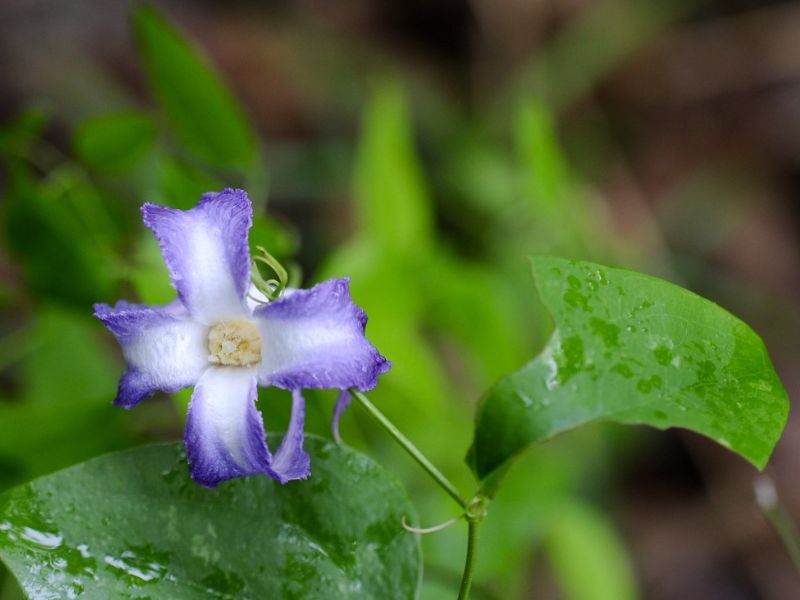
After pruning, swamp leatherflower tends to end its dormancy period and start growing. If the weather is not suitable for the growth of new branches, it is recommended to wait before pruning.
Transplanting
Swamp leatherflower thrives after transplanting during late summer to early autumn. This period facilitates vigorous root development due to the cooler, moist climate. Choose a semi-shade location, ensuring well-draining soil. Remember, this plant dislikes root disturbance, so handle it with utmost care during the process.
Repotting
Repot swamp leatherflower every 2-3 years in early spring, before the climbing growth resumes. A slightly larger container fosters healthy root expansion. Ensure pots offer support for its vining habit. Post-repotting, place swamp leatherflower in indirect light and maintain moist soil without overwatering to encourage robust recovery. A trellis in the pot can also support continued upward growth.
III. Uses and Benefits
A hardy plant that’s resistant to rabbits and heat tolerant, swamp leatherflower has a variety of garden uses. In bee and butterfly gardens, the fragrant flowers attract pollinators. It is also a popular addition to cottage gardens. This trailing plant is used as a spring and fall flowering ground cover or grown on trellises or walls.
IV. Harvesting and Storage
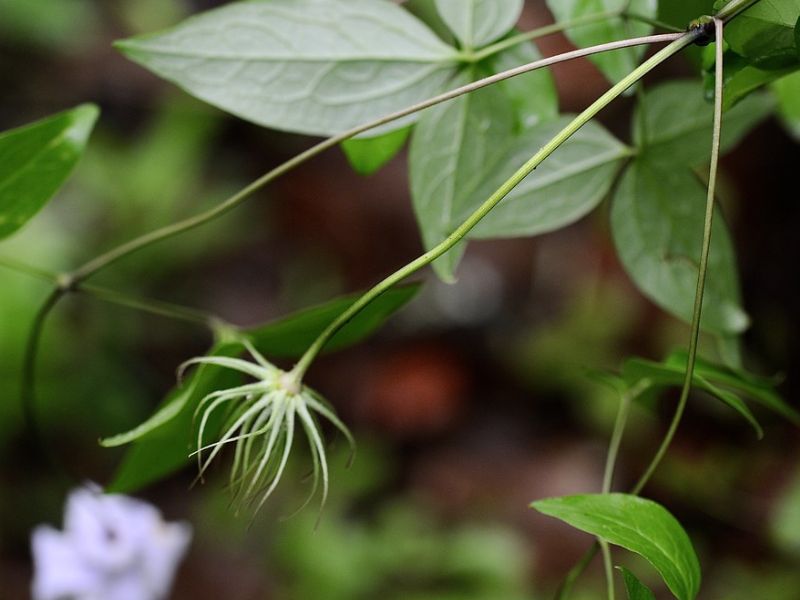
Swamp leatherflower has very beautiful flowers, which can be cut to use as part of a bouquet, or to decorate dining tables or rooms. Choose flowers at different stages of openness according to your flower arrangement requirements. It is recommended to choose half-open or nearly open flowers, which look lovely and have a long vase life. On the day of harvesting, use a sharp knife to obliquely cut the end of the stem and then promptly insert it into clean water in a vase. To extend its vase life, keep it out of direct sunlight, as this will make the flower wither faster.
If you want to harvest seeds of swamp leatherflower for reproduction, ensure that the seeds are already mature. Generally, seeds mature from late summer to midwinter, and it is recommended they are collected before the fruit becomes dark brown. If seeds are over-mature, they will enter dormancy, which will lead to late germination once they are planted.
Find Where to Buy the Best Swamp Leather Flower (Clematis crispa)

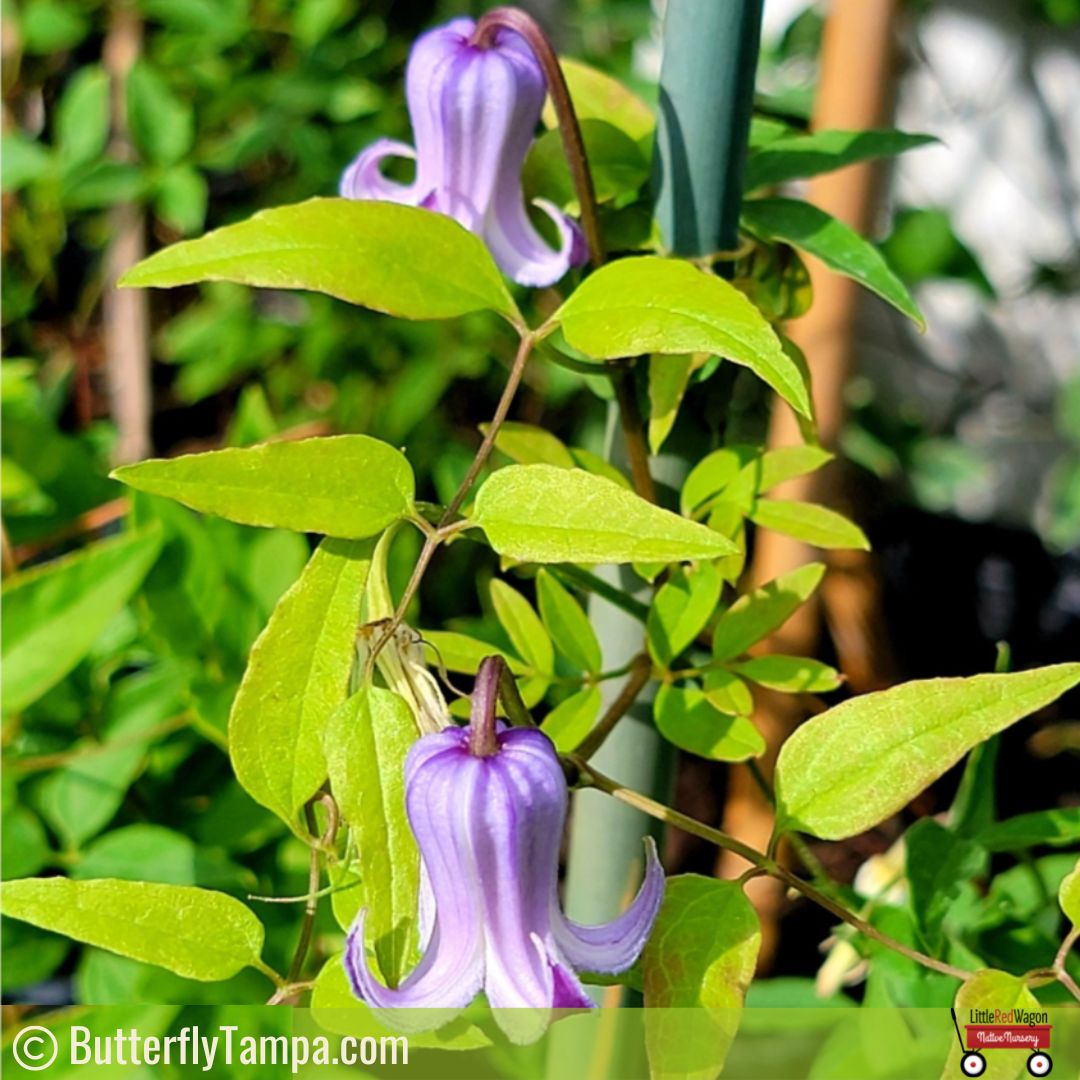



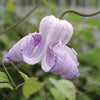

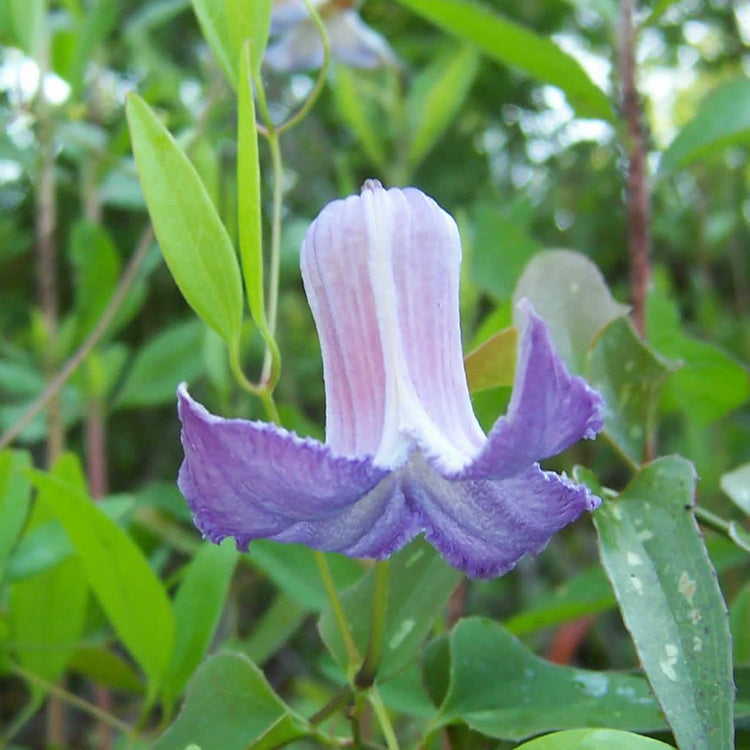

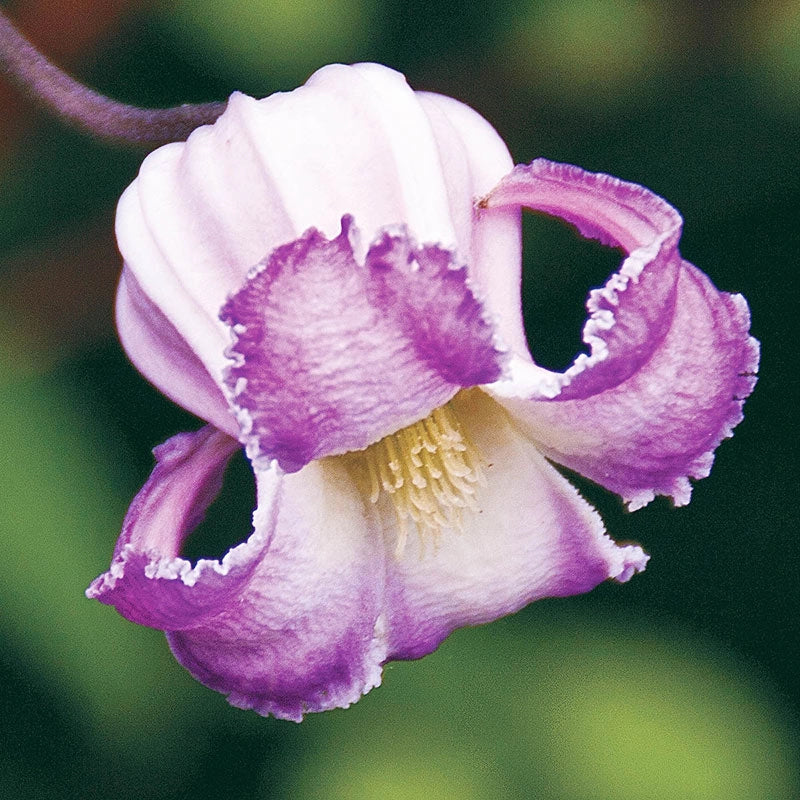
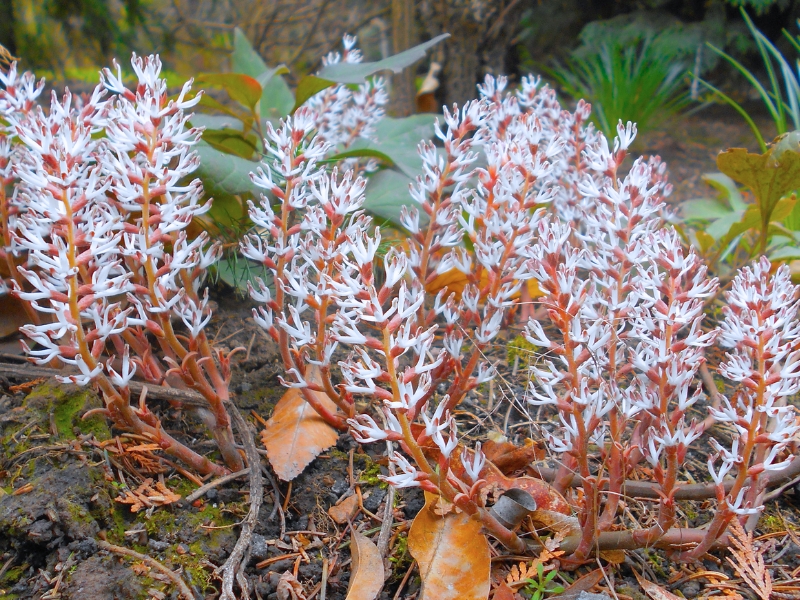
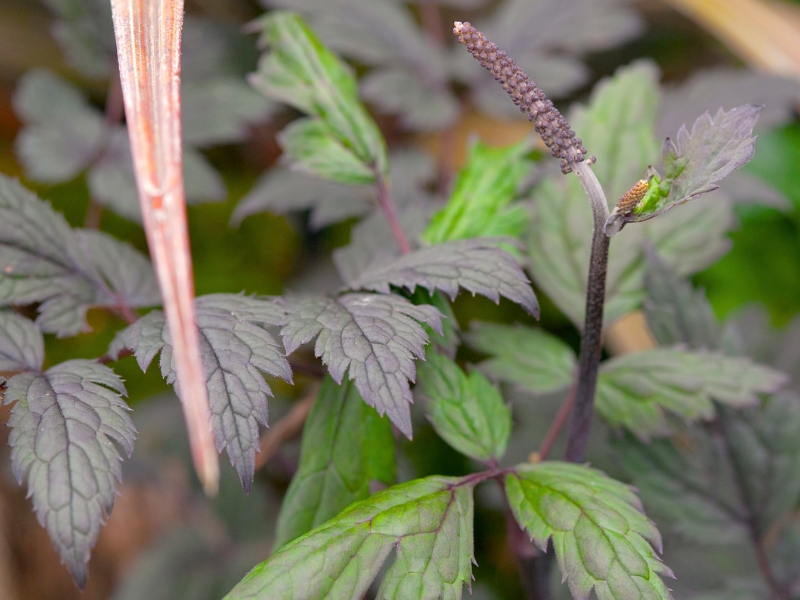
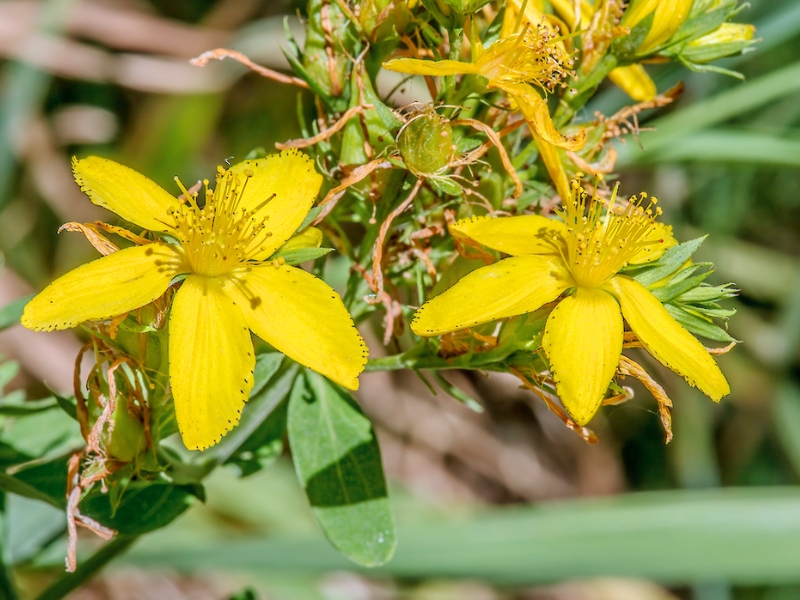
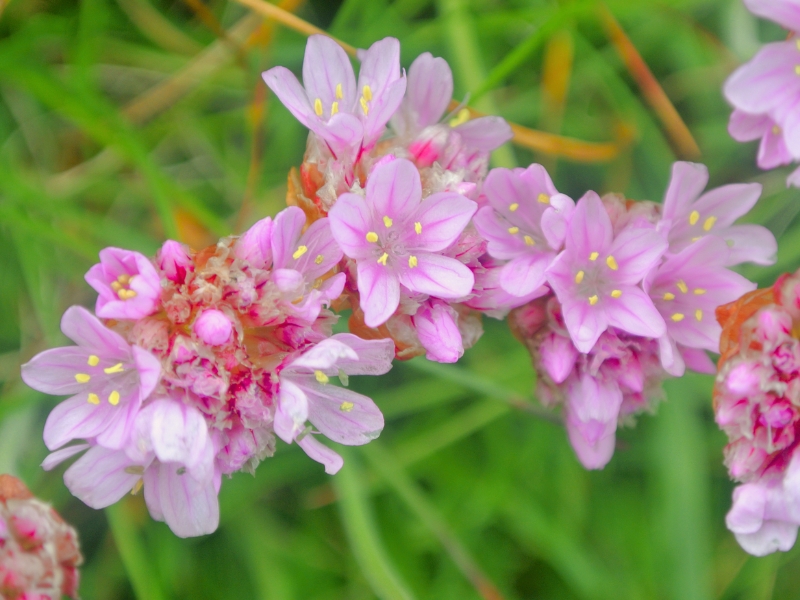
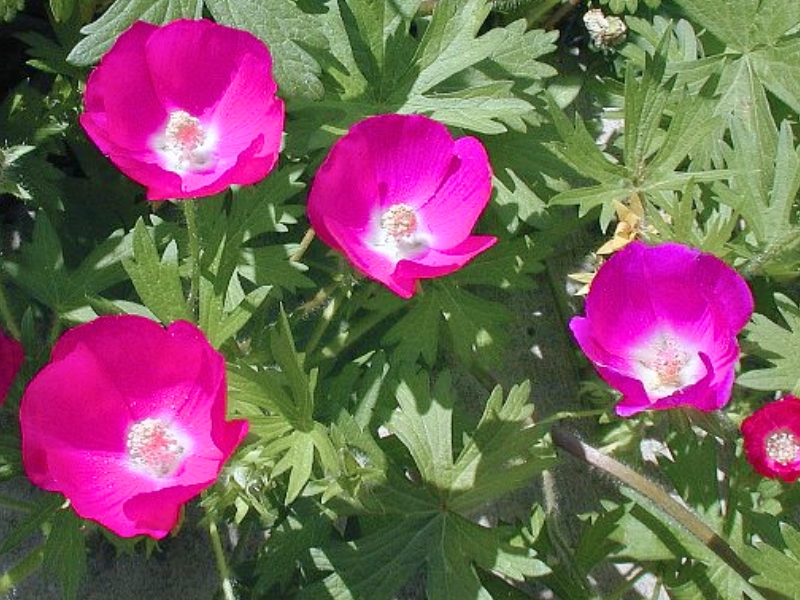
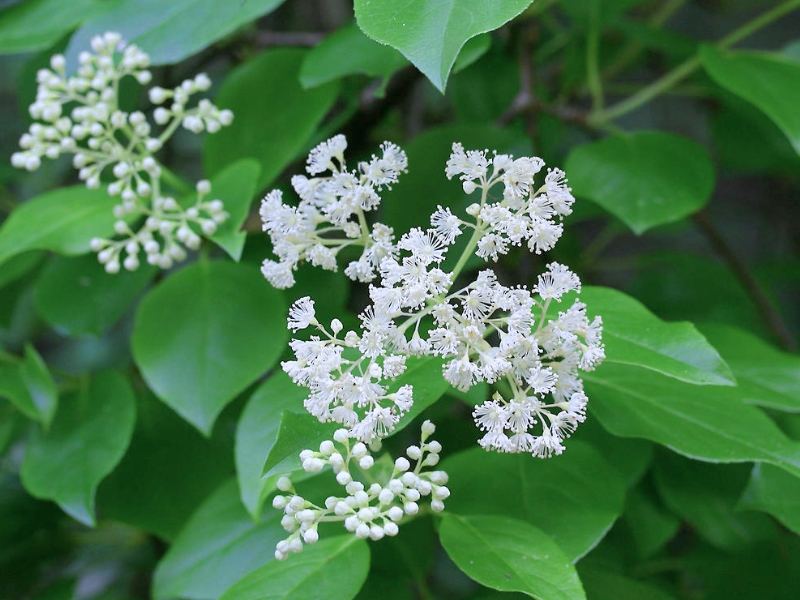
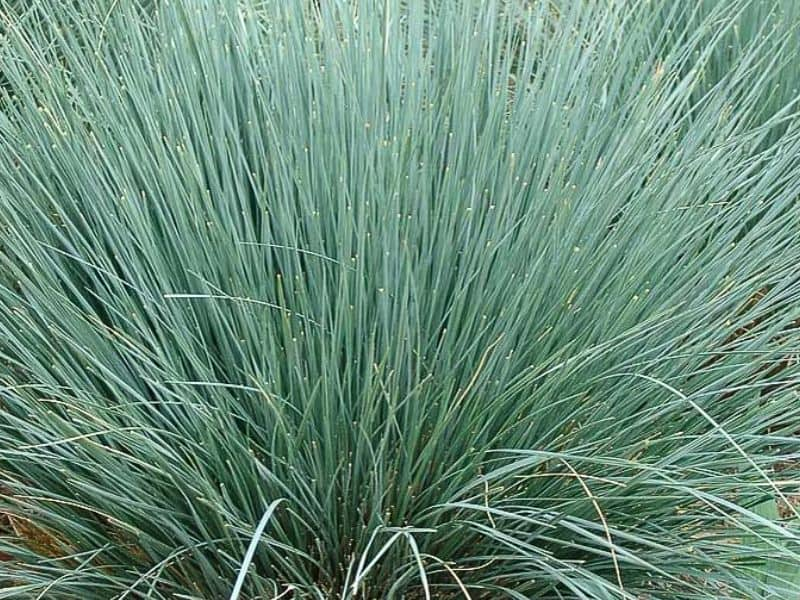
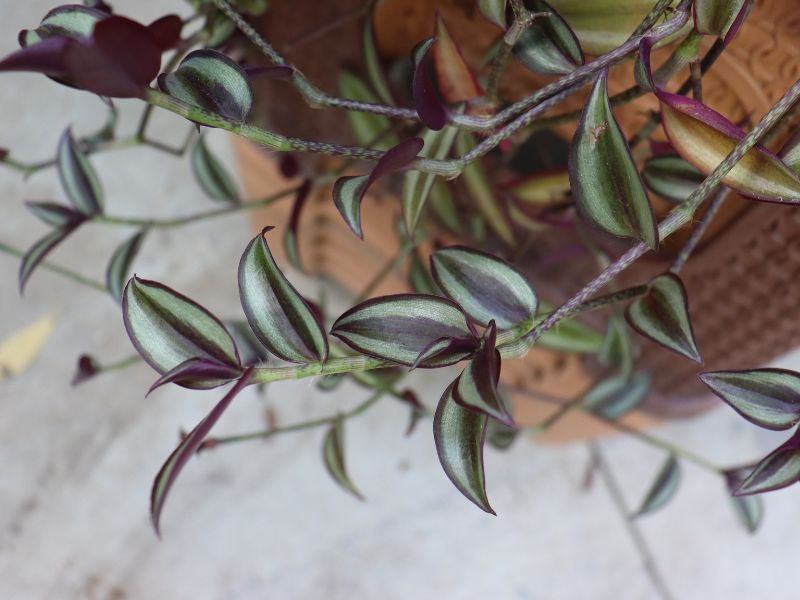
Leave a Reply